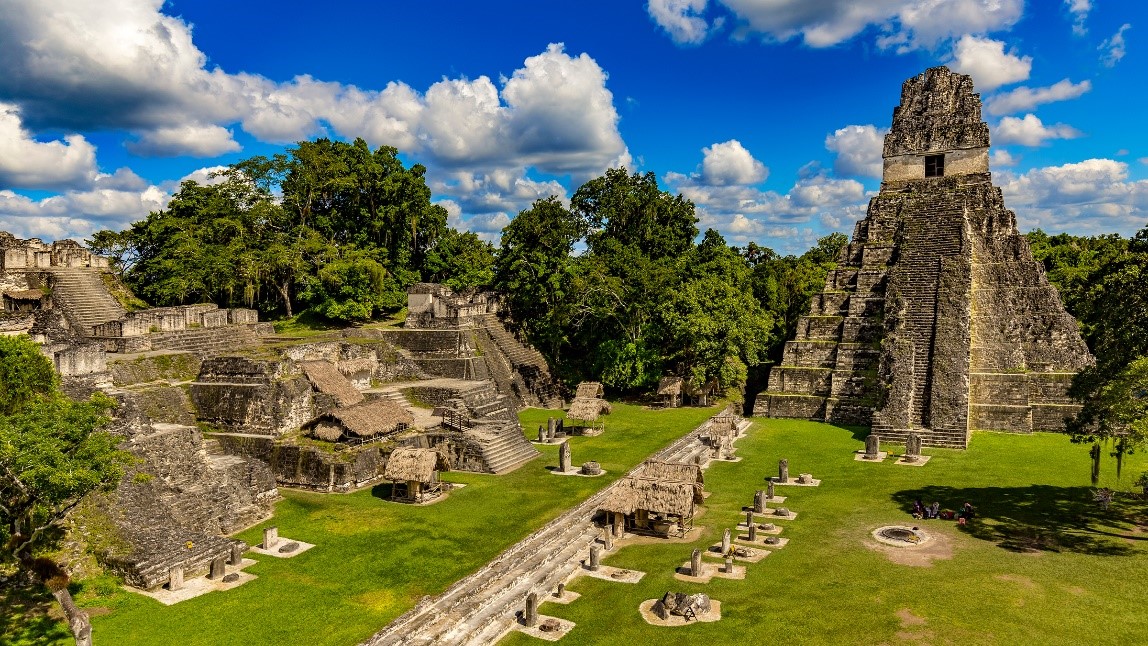PREVIOUS
The collapse of Maya Civilisation
January 11 , 2022
1434 days
1181
0
- Various studies suggested that the disruption of Classic Maya society in the Yucatan Peninsula of south eastern Mexico and northern Central America at the end of the ninth century coincided with extended droughts.
- It is clear that droughts of strong magnitude could have limited food availability, potentially causing famine, migration, and societal decline.
- A new analysis by UC Riverside archaeologist Scott Fedick and plant physiologist Louis Santiago shows the Maya had nearly 500 edible plants available to them.
- Also, many of them are highly drought resistant.
- This study casts doubt on drought as the driver of ancient Mayan civilization collapsed.

Leave a Reply
Your Comment is awaiting moderation.


